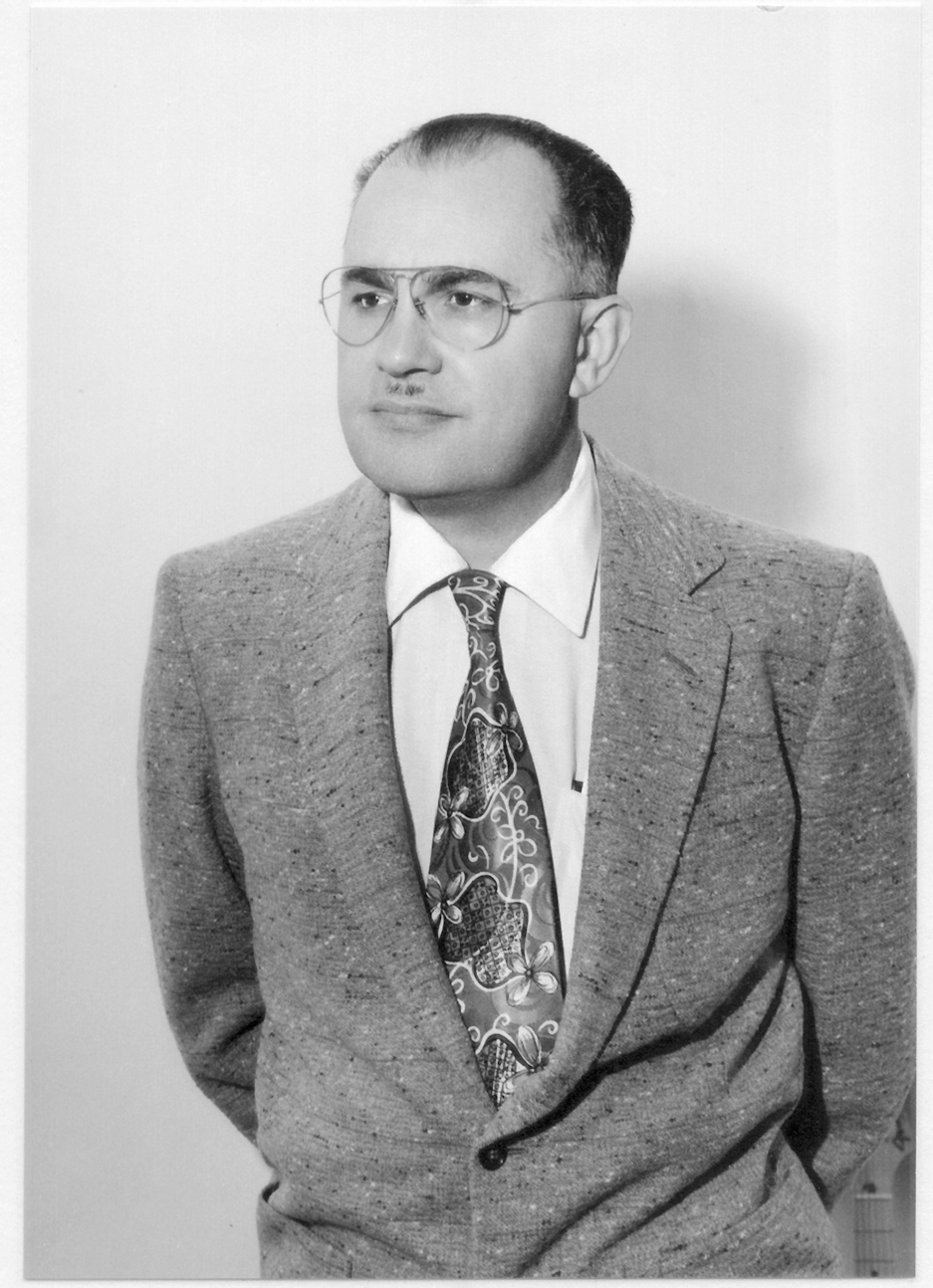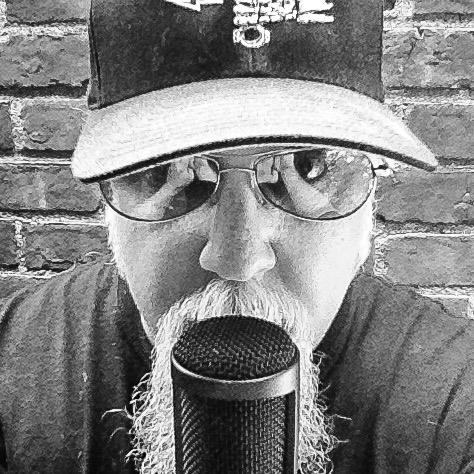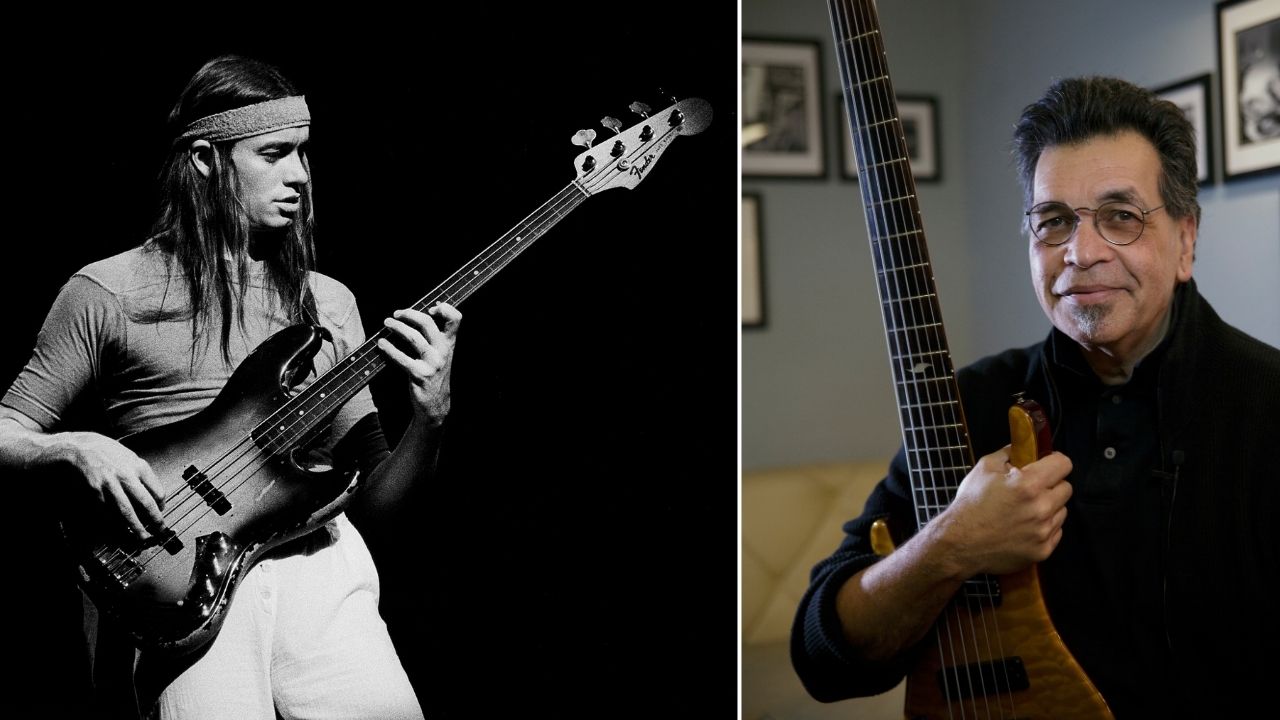Six Visionaries Who Invented the Strat

Leo conceived the overall concept for the Stratocaster, including its double-cutaway body and three-pickup design, and he refined the construction of the pickups, bridge and synchronized tremolo.
Freddie Tavares
Tavares is credited with turning Leo’s concepts into reality by sketching Fender’s initial ideas and presenting Fender with a tangible concept. He refined the final body shape and recommended numerous design details, such as string spacing.
Bill Carson
As a performing country-and-western artist and studio guitarist, Carson provided valuable input from a musician’s perspective. He is credited with the basic idea for the Strat’s body contours and its bridge with six adjustable saddles, and for suggesting that Leo make a guitar with a vibrato unit.
George Fullerton
All the latest guitar news, interviews, lessons, reviews, deals and more, direct to your inbox!
The 45-degree-angled input jack mounted on the front of the body was Fullerton’s idea, but more importantly he helped the Stratocaster make the transition from concept to commercial product by working out the details of its production-line construction.
Forrest White
When the Strat went finally went into production in 1954, White played a crucial role as production manager, making sure that sales orders were promptly filled and quality control was maintained to the highest standards.
Don Randall
Randall came up with the Stratocaster name, and as Fender’s president of sales, he played a highly influential role in shaping public perception of the guitar as he pitched it to music dealers across the entire United States. He also suggested the larger headstock, as he thought it would make the Fender name more visible.
Chris is the co-author of Eruption - Conversations with Eddie Van Halen. He is a 40-year music industry veteran who started at Boardwalk Entertainment (Joan Jett, Night Ranger) and Roland US before becoming a guitar journalist in 1991. He has interviewed more than 600 artists, written more than 1,400 product reviews and contributed to Jeff Beck’s Beck 01: Hot Rods and Rock & Roll and Eric Clapton’s Six String Stories.

